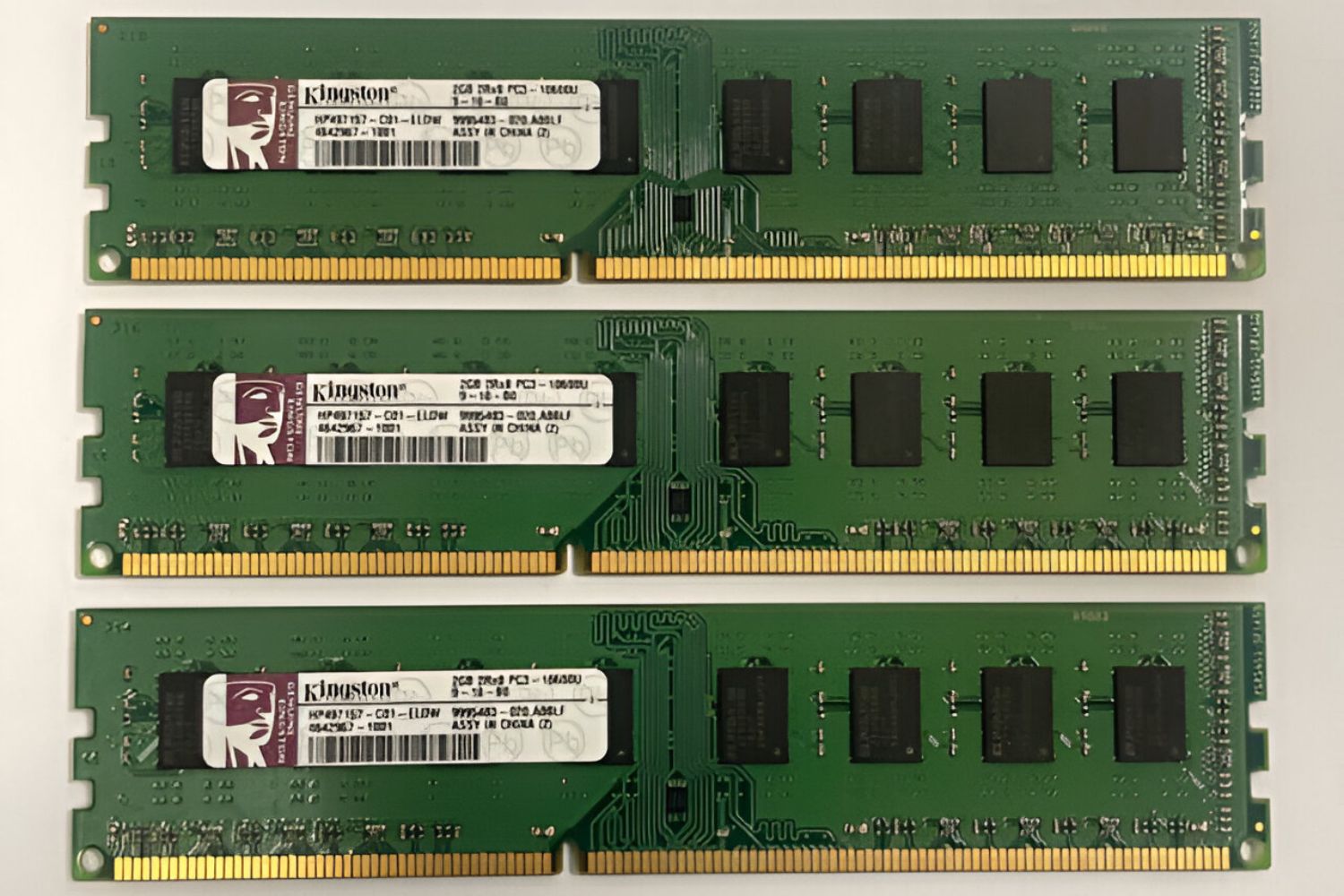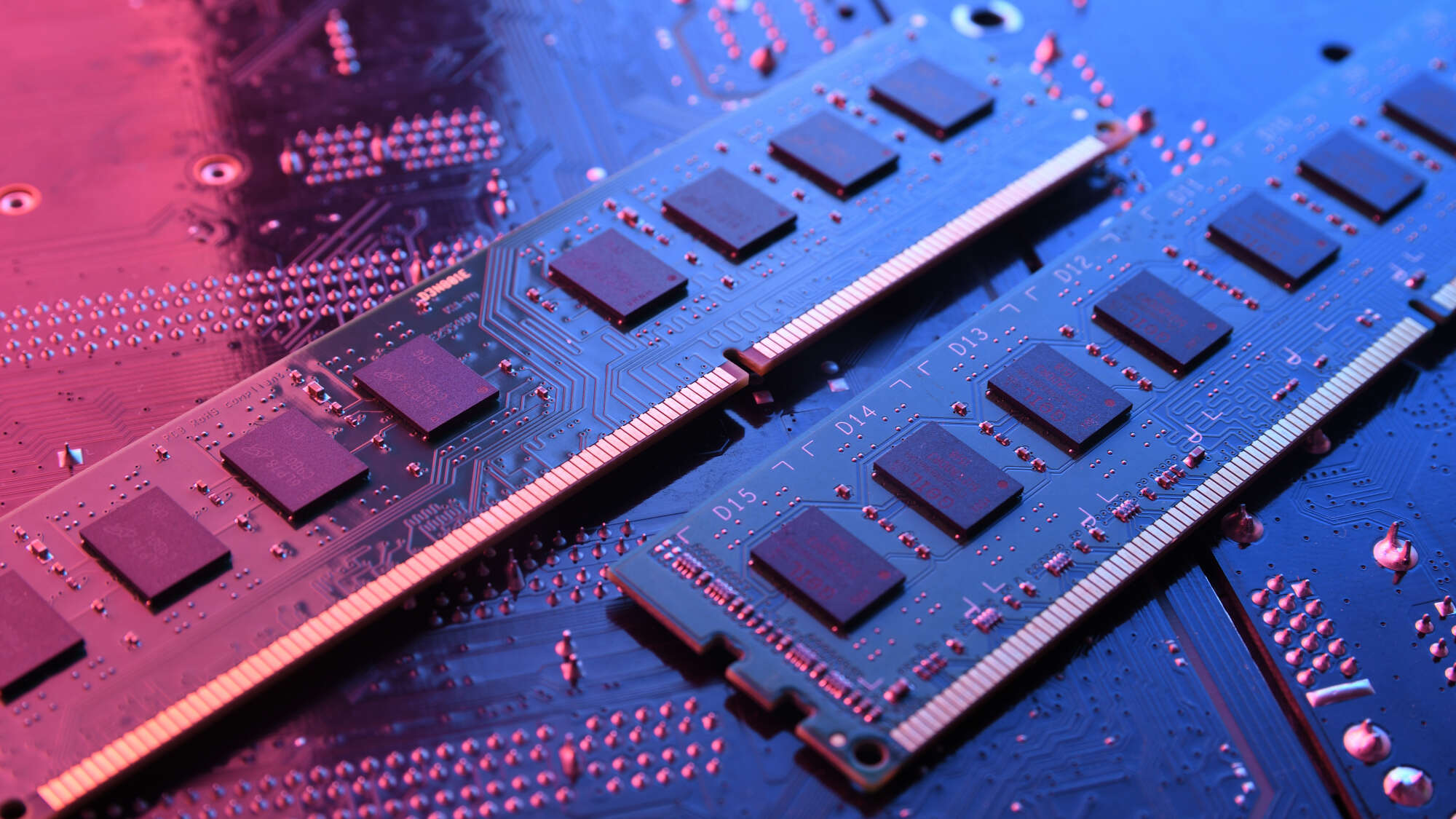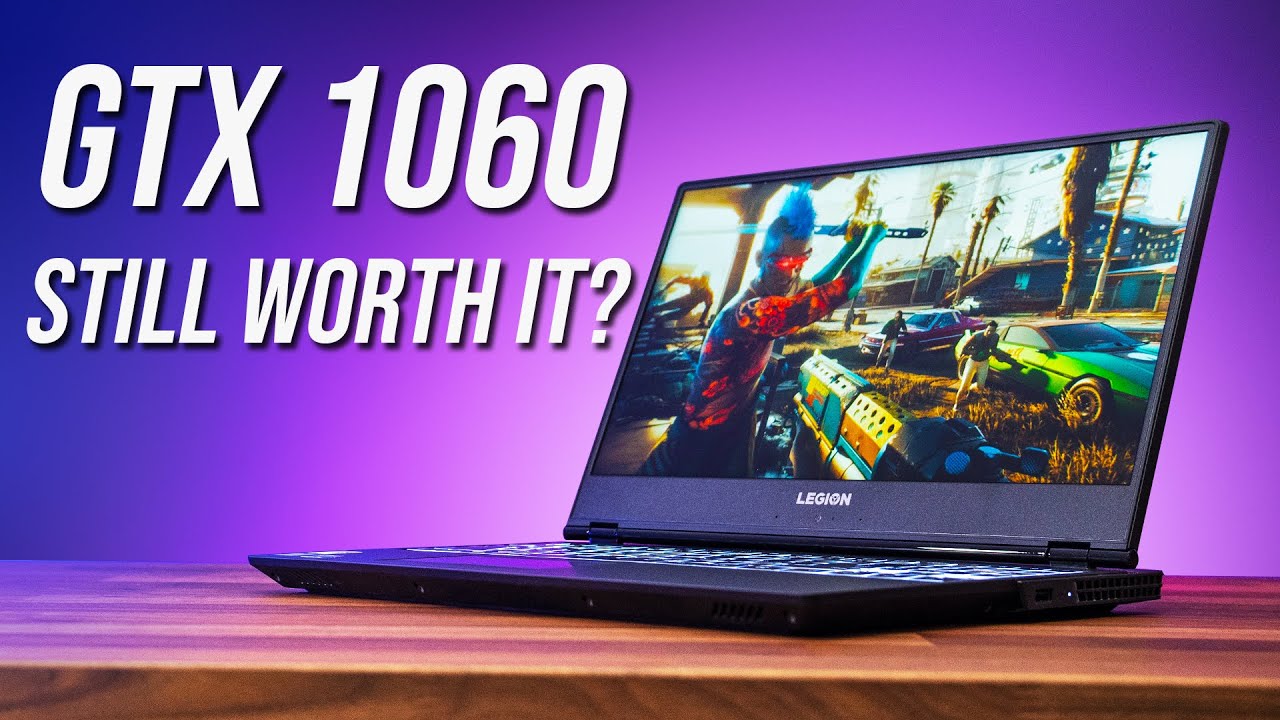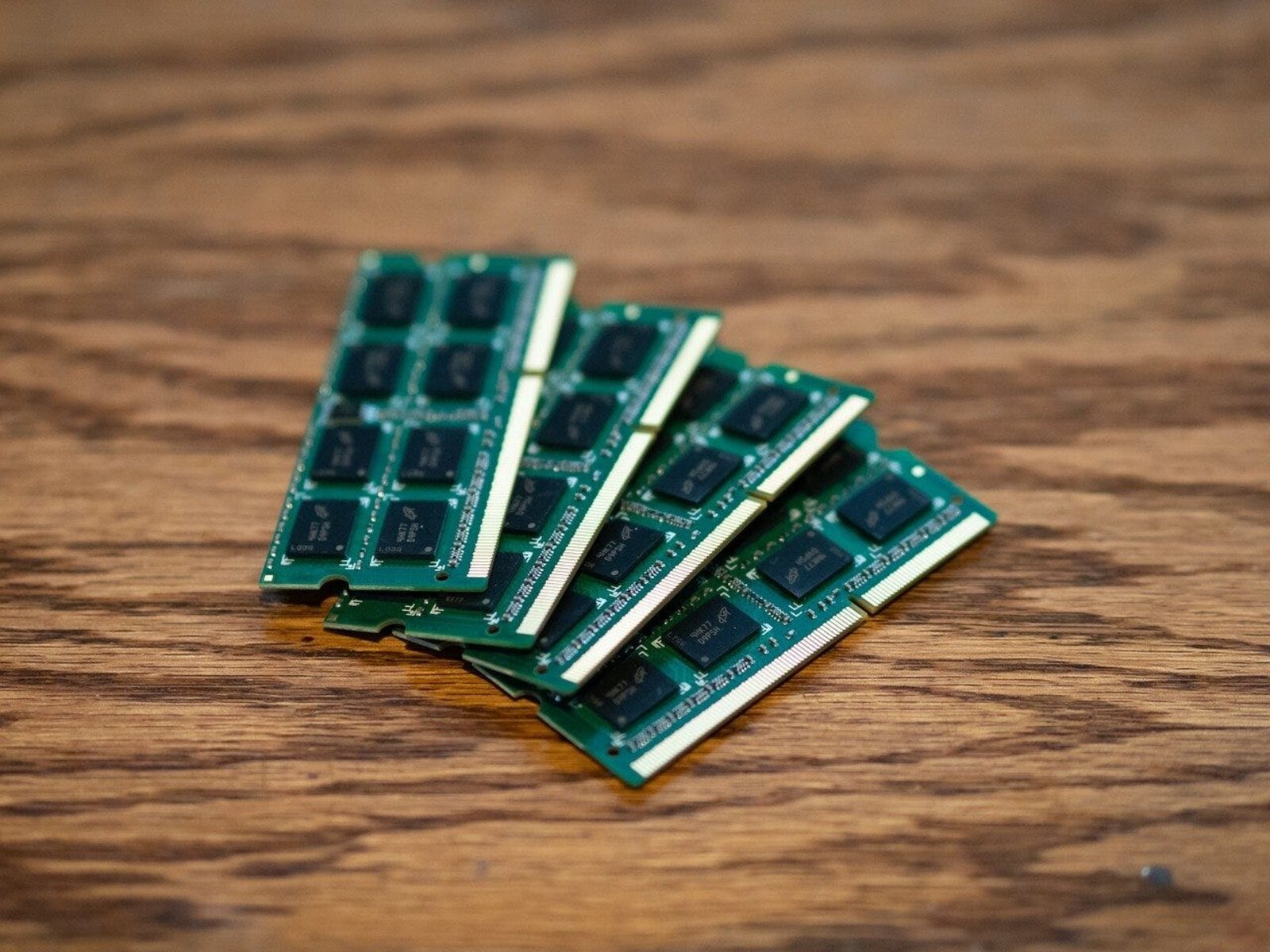Introduction
Welcome to the world of RAM! If you’re new to the realm of computer hardware, you might have heard the term “RAM” being thrown around quite often. But what exactly is RAM, and why is it so important? In this article, we will explore the fascinating world of RAM, with a specific focus on 6GB of RAM.
RAM, which stands for Random Access Memory, is a critical component of any computer system. It plays a vital role in providing temporary storage for data that the computer needs to access quickly. Think of it as the computer’s short-term memory: the more RAM you have, the more tasks your computer can handle simultaneously, and the faster it can retrieve and store data.
RAM operates at a much higher speed than the computer’s hard drive or solid-state drive (SSD). While the hard drive or SSD stores the operating system, applications, and files permanently, RAM allows the computer to access and manipulate data in real-time.
But what does 6GB of RAM actually mean? RAM capacity is typically measured in gigabytes (GB) and refers to the amount of memory available for the computer to use. In the case of 6GB of RAM, it means that the computer has a total of 6 gigabytes of memory at its disposal.
So, why is 6GB of RAM an important consideration for computer users? In the following sections, we will delve deeper into the benefits of having 6GB of RAM, different usage scenarios where it shines, and whether it is enough for your specific needs.
What is RAM?
Before we dive into the specifics of 6GB of RAM, let’s first understand what RAM actually is. RAM, or Random Access Memory, is a vital component of any computer system. It serves as a temporary storage where the computer keeps data that it needs to access quickly. Unlike a computer’s hard drive or solid-state drive (SSD), which provides long-term storage, RAM is much faster and allows for real-time data access.
When you open a program or file on your computer, it gets loaded into the RAM. This allows the computer’s CPU (Central Processing Unit) to quickly retrieve the necessary data and execute the related instructions. Essentially, RAM acts as a temporary workspace for the computer to perform tasks efficiently.
RAM operates on a “random access” principle, meaning that the computer can access any stored data in any order, directly and at equal speed. This differs from the sequential access method used by hard drives, where data is stored and retrieved in a specific order.
The speed of RAM is measured in Megahertz (MHz) or Gigahertz (GHz), indicating how many cycles per second the RAM can process data. Faster RAM allows for quicker data retrieval and enhances overall system performance.
It is important to note that RAM is a volatile type of memory, which means that its contents are lost when the computer is powered off or restarted. This is why it is often referred to as “temporary memory” or “working memory.” To preserve data permanently, it must be stored on a non-volatile storage medium, such as a hard drive or SSD.
In summary, RAM is a crucial component that provides temporary storage for data required by the computer’s CPU. It enables quick access and manipulation of data, contributing to the overall speed and performance of the system. Now that we have a basic understanding of RAM, let’s explore the specific details of 6GB of RAM and its significance in computer systems.
How Does RAM Work?
To understand how RAM works, let’s imagine a scenario where you are working on a document on your computer. As you type, the words and sentences are temporarily stored in the RAM. This allows the computer’s CPU to quickly access and process the data, making your typing experience smooth and responsive.
RAM functions as a series of storage cells, each capable of storing a certain amount of data. These cells are organized in a matrix, with each cell having a unique address. This address tells the computer where to find and retrieve the required data. When you open a program or file, the relevant data is loaded into the RAM cells, making it readily available for the CPU’s immediate use.
When you close a program or file, the associated data is removed from the RAM to make space for other tasks. This constant recycling of data is why RAM is referred to as “volatile.” It provides a temporary workspace for the CPU to perform its operations efficiently.
Accessing data from RAM is incredibly fast, thanks to its proximity to the CPU. Unlike the slower mechanical movements of a hard drive’s read/write head, the CPU can access any cell in the RAM almost instantly. The speed at which data can be transferred in and out of RAM is crucial for smooth multitasking and overall system performance.
RAM operates on a principle known as synchronous dynamic random-access memory (SDRAM). SDRAM is synchronized with the computer’s system clock, allowing for precise and efficient data transfers. Additionally, modern RAM modules use multiple channels to simultaneously transfer data, further enhancing their speed and performance.
In summary, RAM acts as a temporary storage space where the computer stores and retrieves data for immediate use. Its fast and direct access allows the CPU to quickly process information, contributing to the overall speed and responsiveness of the system.
RAM Capacity
The capacity of RAM refers to the amount of memory available for a computer system to use. The more RAM a system has, the more data it can store and access quickly. RAM capacity is typically measured in gigabytes (GB).
Having an adequate amount of RAM is essential for smooth multitasking and optimal system performance. Insufficient RAM can result in sluggishness, frequent freezes, and delays when working with multiple programs or resource-intensive tasks.
The amount of RAM needed varies based on the specific requirements of the user and the type of tasks being performed. For basic computer usage, such as web browsing, word processing, and multimedia playback, a system with 4GB of RAM is generally sufficient. However, as applications and operating systems become more complex, the recommended RAM capacity has increased.
For power users or those engaging in more demanding tasks, such as video editing, graphic design, gaming, or running virtual machines, a higher RAM capacity is recommended. Systems with 8GB, 16GB, or even 32GB of RAM are commonly used in such scenarios to ensure smooth operation and prevent any memory-related bottlenecks.
It is important to note that the maximum amount of RAM a system can support depends on several factors, including the operating system, motherboard, and the specific architecture of the computer. Some older systems or less advanced operating systems may have limitations on the maximum RAM capacity they can utilize.
When considering upgrading the RAM in a computer system, it is essential to consult the manufacturer’s specifications and guidelines to determine the maximum supported capacity. This ensures compatibility and avoids any potential issues that may arise from exceeding the system’s capabilities.
In summary, RAM capacity refers to the amount of memory available for a computer system to use. The required RAM capacity depends on the user’s specific needs and the tasks being performed. Having an adequate amount of RAM is crucial for ensuring smooth multitasking and optimal system performance.
What is 6GB of RAM?
When we refer to 6GB of RAM, we’re talking about a computer system that has a total of 6 gigabytes of memory available for use. RAM, or Random Access Memory, is a critical component that allows the computer to store and access data quickly. The more RAM a system has, the more tasks it can handle simultaneously, and the smoother its performance.
Having 6GB of RAM provides a decent amount of memory for most computing needs. It allows for efficient multitasking, enabling users to run multiple programs smoothly without experiencing significant slowdowns. With 6GB of RAM, everyday tasks like web browsing, email, document editing, and media playback can be performed comfortably.
It’s important to note that not all 6GB of RAM is available for user applications and tasks. A portion of the RAM is reserved for the operating system and other background processes to ensure system stability and smooth operation. Typically, the amount reserved for system use is around 1GB or so, leaving approximately 5GB for user applications.
6GB of RAM is often found in mid-range to high-end laptops, desktop computers, and mobile devices. It strikes a balance between affordability and performance, making it a popular choice for average users who engage in everyday computing tasks.
However, it’s worth mentioning that the ideal amount of RAM depends on the specific usage scenario. For more demanding tasks, such as video editing, 3D rendering, or running resource-intensive software, 6GB of RAM may be insufficient. In those cases, higher amounts of RAM, such as 8GB, 16GB, or even more, would be recommended to ensure optimal performance.
In summary, 6GB of RAM refers to a computer system with 6 gigabytes of memory available. It provides a decent amount of memory for everyday computing tasks and allows for smooth multitasking. However, for more demanding applications, higher amounts of RAM may be necessary.
Benefits of 6GB of RAM
Having 6GB of RAM in a computer system offers several benefits that enhance performance and user experience. Let’s explore some of the advantages:
1. Improved Multitasking: 6GB of RAM provides enough memory to handle multiple tasks simultaneously. You can open multiple applications, switch between them seamlessly, and enjoy a smooth computing experience without noticeable lag or slowdowns.
2. Faster Data Access: With more RAM, your computer can store and retrieve data quickly. This results in faster load times for applications, files, and web pages. It leads to a more responsive system overall.
3. Enhanced Gaming Performance: Gamers especially benefit from 6GB of RAM. It allows for smooth gameplay and reduces stuttering or frame rate drops. Games with high-resolution graphics, complex environments, and advanced physics simulations can run more efficiently with sufficient RAM.
4. Efficient Resource Management: By providing ample memory, 6GB of RAM allows the computer to allocate resources efficiently. This prevents excessive reliance on virtual memory (using the hard drive as additional memory), which can cause slowdowns and affect performance.
5. Seamless Multimedia Experience: Whether you’re editing videos, streaming movies, or working with large media files, 6GB of RAM ensures smooth performance. It enables faster rendering, encoding, and decoding of multimedia content, resulting in a seamless user experience.
6. Future-Proofing: While 6GB of RAM may be considered adequate for current computing needs, having more RAM allows for future expansion. As software and operating systems evolve, their resource requirements increase. By starting with 6GB of RAM, you have room for future upgrades without the immediate need for additional hardware.
Each of these benefits contributes to an overall improved computing experience. Whether you’re a student, professional, or casual user, having 6GB of RAM allows you to work more efficiently, enjoy multimedia content without hiccups, and seamlessly navigate through your daily computing tasks.
Usage Scenarios for 6GB of RAM
6GB of RAM is a versatile amount of memory that can handle various usage scenarios. Let’s explore some of the common scenarios where 6GB of RAM performs exceptionally well:
1. Everyday Computing: For general purpose computing tasks like web browsing, email, document editing, and multimedia consumption, 6GB of RAM is more than sufficient. It allows for smooth multitasking and ensures a responsive user experience.
2. Office Productivity: Whether you’re working with spreadsheets, presentations, or office management software, 6GB of RAM provides enough memory for smooth operation. You can have multiple applications open simultaneously without experiencing significant slowdowns.
3. Content Creation: If you’re a writer, graphic designer, or content creator, 6GB of RAM allows you to work efficiently. You can run creative software like Adobe Photoshop or video editing tools without facing major performance issues. However, for more complex projects, higher amounts of RAM may be recommended.
4. Casual Gaming: If you enjoy playing casual games or older titles, 6GB of RAM can handle them without any issues. Most non-demanding games run smoothly with this amount of memory, providing an enjoyable gaming experience.
5. Multimedia Streaming: Streaming movies, TV shows, or music online can be done seamlessly with 6GB of RAM. It ensures smooth playback and prevents buffering issues, even when multitasking with other applications.
6. Virtual Machines and Simulations: If you need to run virtual machines or simulations for educational, testing, or development purposes, 6GB of RAM can handle moderate usage. However, for advanced virtualization or resource-intensive simulations, higher RAM capacities may be required.
It’s important to note that the exact performance and suitability of 6GB of RAM in these scenarios may vary depending on the specific software, operating system, and other system configurations. Nevertheless, in most cases, 6GB of RAM offers a good balance between performance and affordability for everyday computing needs.
Is 6GB of RAM Enough?
Whether 6GB of RAM is enough for your needs depends on the specific usage requirements and the tasks you intend to perform on your computer. While 6GB of RAM can handle many computing tasks, it may not be sufficient for more demanding applications or resource-intensive workloads. Let’s explore some considerations:
1. Basic Computing: For everyday tasks like web browsing, email, and word processing, 6GB of RAM is generally adequate. It allows for smooth multitasking and ensures a responsive user experience, even when working with multiple applications simultaneously.
2. Casual Gaming and Multimedia: If you enjoy playing casual games or streaming multimedia content, 6GB of RAM can handle most non-demanding titles and multimedia playback without any issues. However, for more graphically intensive games or advanced video editing, higher RAM capacities may be required for optimal performance.
3. Resource-Intensive Applications: If you work with resource-intensive software such as video editing, 3D modeling, virtualization, or complex simulations, 6GB of RAM may be insufficient. These applications often require more memory to run smoothly and prevent performance bottlenecks. In such cases, upgrading to higher RAM capacities, such as 8GB, 16GB, or more, is recommended.
4. Future-Proofing: While 6GB of RAM may meet your current needs, it’s important to consider future requirements. As software becomes more advanced and resource-hungry, having more RAM ensures your system remains capable of running new applications and operating systems without significant performance limitations. Upgrading to higher RAM capacities can help future-proof your computer.
5. Budget Considerations: Cost is also a factor to consider. If your budget allows, investing in higher RAM capacities can provide a more powerful and versatile computing experience. However, if budget constraints exist, 6GB of RAM can still deliver satisfactory performance for many everyday tasks.
In summary, 6GB of RAM can be sufficient for basic computing tasks, casual gaming, and multimedia streaming. However, if you engage in more demanding applications or plan for future software advancements, higher RAM capacities may be necessary to ensure optimal performance and prevent any potential memory limitations.
Alternatives to 6GB of RAM
If 6GB of RAM doesn’t meet your specific needs or if you require more memory for your computing tasks, there are alternative options available to consider. Let’s explore some alternatives to 6GB of RAM:
1. 8GB of RAM: Upgrading to 8GB of RAM provides a significant boost in memory capacity. It allows for smoother multitasking, improved performance in resource-intensive applications, and better overall responsiveness. This is a common upgrade for users who require a bit more power and flexibility in their computing experience.
2. 16GB of RAM: For power users, gamers, content creators, and professionals working with demanding applications, 16GB of RAM offers an even more substantial performance boost. This amount of memory can handle complex video editing, 3D rendering, virtualization, and other resource-intensive tasks with ease.
3. 32GB (or Higher) of RAM: If you’re dealing with extremely demanding tasks, such as advanced simulations, extensive virtualization, or running multiple resource-intensive applications simultaneously, upgrading to 32GB or more can provide an enhanced level of performance and ensure smooth operation without any memory constraints.
4. SSD (Solid-State Drive): While not a direct alternative to RAM, upgrading to an SSD can significantly improve overall system performance. SSDs offer faster data access and transfer speeds compared to traditional hard drives, reducing the need for excessive reliance on virtual memory when RAM capacity is limited.
5. Cloud Storage and Online Services: In certain scenarios, such as working with cloud-based applications or utilizing online services for resource-intensive tasks, you can leverage the computational resources and storage capabilities of remote servers. This effectively allows you to offload some processing and storage requirements, reducing the strain on your local RAM capacity.
It’s important to consider the compatibility of alternative options with your specific computer system, as well as budget constraints. Also, keep in mind that increasing RAM or exploring alternatives does not guarantee a better performance boost if other hardware components, such as the CPU or graphics card, are the main bottleneck.
Before making any upgrades or changes, it’s recommended to research and consult with experts to determine the best course of action based on your specific needs, budget, and system requirements.
Conclusion
RAM, or Random Access Memory, is a crucial component in any computer system. It provides temporary storage for data that the computer needs to access quickly, allowing for smooth multitasking and efficient data processing. The amount of RAM in a system significantly impacts its performance and capability to handle various tasks.
In this article, we explored the world of 6GB of RAM. We learned that 6GB of RAM provides a good balance between affordability and performance for many everyday computing needs. It allows for smooth multitasking, faster data access, and a seamless multimedia experience.
However, whether 6GB of RAM is enough depends on the specific usage scenario. While it is sufficient for basic computing, casual gaming, and multimedia streaming, more demanding applications or resource-intensive tasks may require higher RAM capacities like 8GB, 16GB, or more.
Additionally, we discussed alternative options to consider when 6GB of RAM doesn’t meet your needs. Upgrading to higher RAM capacities, such as 8GB, 16GB, or even 32GB, can provide a substantial performance boost. Other alternatives, such as SSDs or cloud-based solutions, can also enhance system performance and alleviate the constraints of limited RAM capacity.
In conclusion, the decision of how much RAM is needed depends on the specific requirements of the user and the tasks being performed. It’s essential to consider factors such as budget, usage scenarios, and future needs when determining the appropriate RAM capacity for your computer system.
























